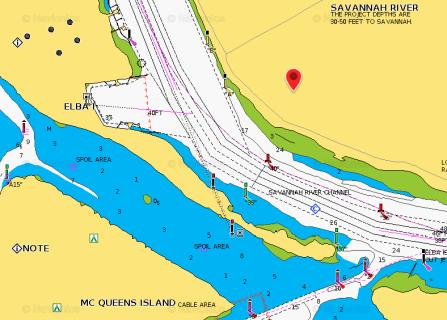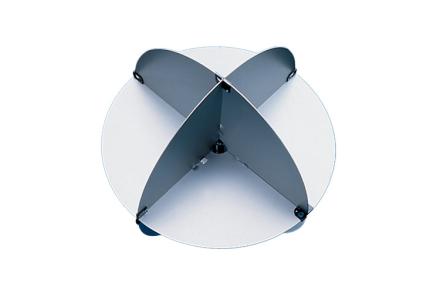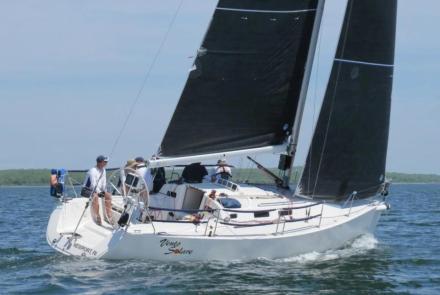When in Doubt, Turn Right
In the words of the Bruce Springsteen, don’t be Blinded by the Light
“Safety Moments, presented at CCA Stations and Posts”
By Chuck Hawley, SAF
CCA member Charles Starke, MD, was kind enough to forward an interesting but tragic story about a collision on the Savannah River that occurred in August of 2021. Charles became aware of the story via Peter Swanson’s Substack newsletter Loose Cannon in March of this year, based on the Coast Guard report that described the accident.
Very briefly, the collision occurred at night between an outboard-powered 20’ fiberglass boat and a 47’ commercial outboard-powered boat as the boats closed in on each other at 24 knots. Lights from an industrial plant on the shore made the navigation lights of the 47’ boat very difficult to distinguish, as well as the searchlight shining forward from the 47 footer which further obscured the lights. The skipper of the 20’ boat was operating on the right-hand side of the channel, and the 47’ skipper was on the incorrect (left-hand) side of the channel when they saw each other. The skipper of the 20’ boat turned to the right but did not slow down, while the skipper of the 47’ boat turned to the left and slowed down.
The resulting collision killed two brothers among the seven occupants of the 20’ boat, all of whom were thrown into the water. Despite the fact that the 47’ boat was not in the correct part of the channel, and had incorrectly turned to the left, the U.S. Attorney’s office declined to press charges on the skipper of the 47’ boat. (He was later sued by the family of the deceased brothers, who won a judgment against him.)
Author Swanson makes the point that since many electronic charts (and paper charts, for that matter) have recommended track lines that don’t always follow the rules of the road, and may cause traffic to converge along those track lines when vessels operate on opposite courses. This was not a factor in this accident, but as more and more skippers rely on their cartographic displays, especially at night, the likelihood of meeting someone coming the other direction increases.
Charles Starke lists the following lessons that can be learned from this accident report:
- Maintain a proper lookout.
- Use all sources of information available to you (your senses, of course, but also radar, AIS)
- Slow down or stop if you're not 100% sure of what you're seeing.
- Stay on the correct side of the channel/fairway
- Turn to starboard (NOT PORT!) when in doubt, while slowing or stopping
- Use your VHF to contact other vessels. One can also transmit a Securite announcing your position and speed.
- Don't mindlessly follow someone else's route or plotter generated routes without examination.
- Suggested routes that cross over one another are fundamentally wrong.
- Travel during daylight if the lights on shore are confusing, or operate at minimum speed if nighttime travel can’t be avoided.
- Keep your horn, fixed or portable, available so you can sound the correct sound signals. Sound five blasts and slow or stop when another vessel’s intentions are not clear.
- Avoid using bright lights that may obscure your navigation lights.
- When appropriate, consider calling the other vessel using DSC if you can identify its MMSI using your AIS.
- Protect your night vision by shielding the helm from extraneous light, especially white light.
The Cruising Club of America is a collection of accomplished ocean sailors having extensive boat handling, seamanship, and command experience honed over many years. “Safety Moments” are written by the Club’s Safety Officers from CCA Stations across North America and Bermuda, as well as CCA members at large. They are published by the CCA Safety and Seamanship Committee and are intended to advance seamanship and safety by highlighting new technologies, suggestions for safe operation and reports of maritime disasters around the world.





